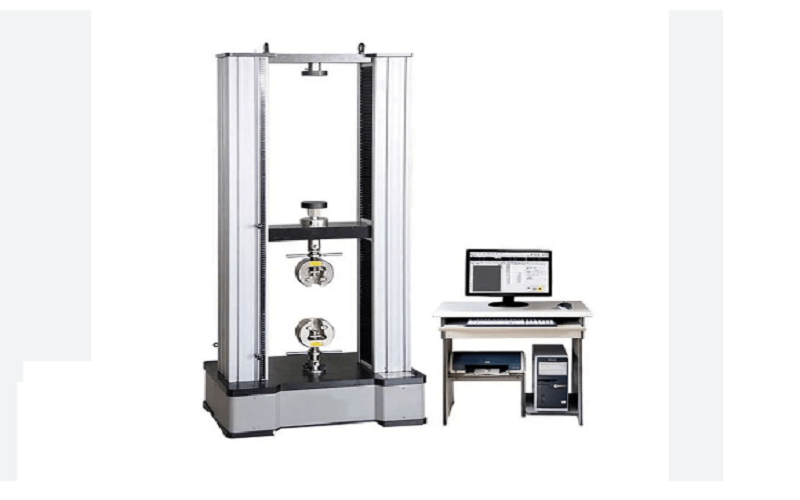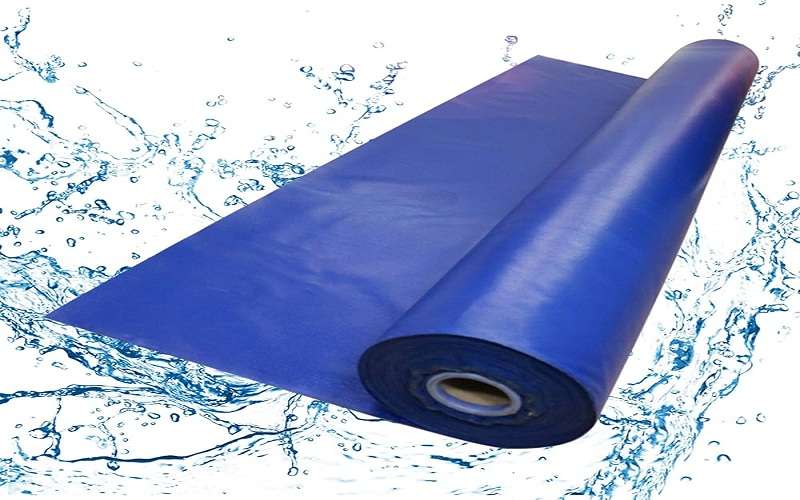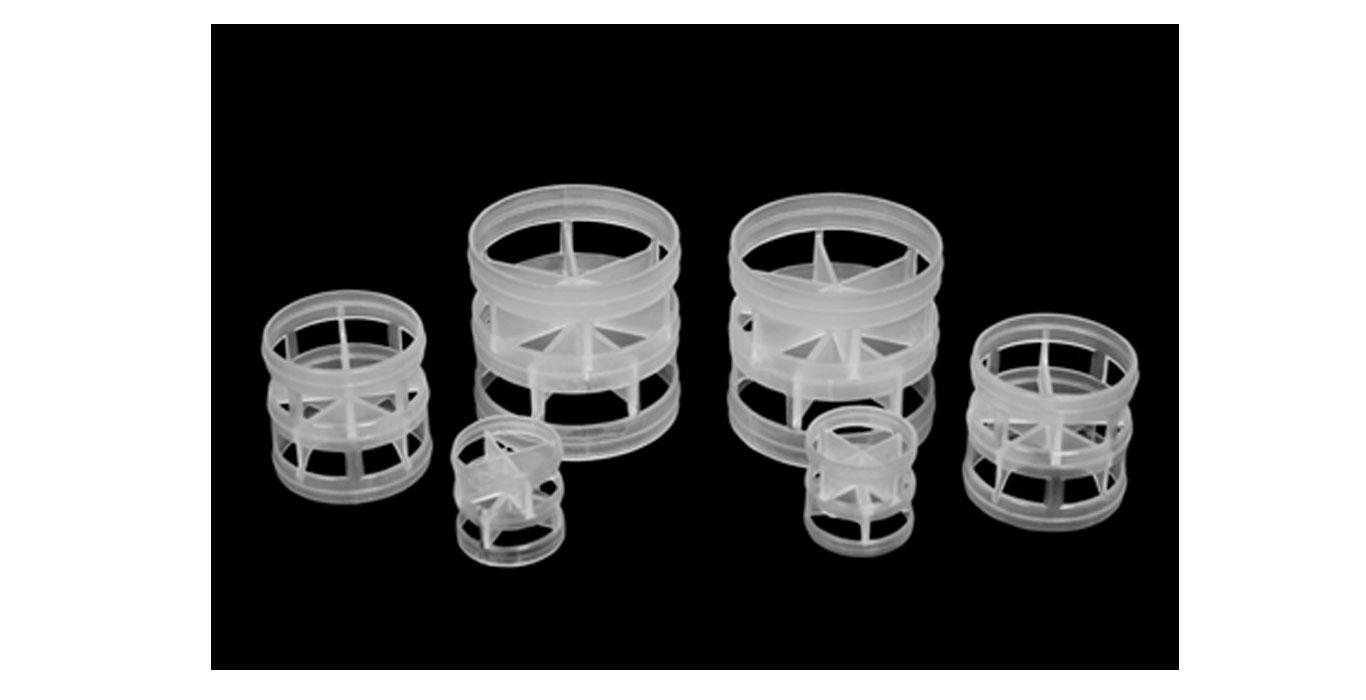Shearing machines are essential tools in the metalworking industry, used to cut and shape various types of materials, primarily sheet metal. They play a vital role in cutting various types of metal sheets and plates accurately and efficiently. In this comprehensive guide, we will take a closer look at the different types of shearing machines and their applications in the realm of metal fabrication.
Types of Shearing Machines
There are several types of shearing machines available today, each with its own unique features and applications. Let’s explore the most common ones:
Mechanical Shears:
How They Work: Mechanical shears use a mechanical lever or flywheel system to generate the force required for cutting. When the operator activates the machine, the mechanical components engage to shear the material.
Applications: Mechanical shears are well-suited for light to moderate sheet metal cutting tasks. They are commonly used in smaller workshops and for projects that don’t require high precision.
Hydraulic Shears:
How They Work: Hydraulic shears rely on hydraulic fluid pressure to exert force on the cutting shear blades. This hydraulic system provides consistent and powerful cutting force.
Applications: Hydraulic shears are versatile and suitable for a wide range of materials and thicknesses. They are often used in heavy-duty industrial applications, including cutting thick metal plates, stainless steel, and aluminum.
CNC Shears (Computer Numerical Control):
How They Work: CNC shears are advanced machines equipped with computer control systems. They can precisely control the position and movement of the cutting blades, offering high accuracy and repeatability.
Applications: CNC shears are ideal for tasks that demand precision and intricate cutting patterns. They are commonly used in industries like aerospace, automotive, and electronics for cutting complex shapes and achieving tight tolerances.
Gantry Shears:
How They Work: Gantry shears are large, heavy-duty machines with a horizontal cutting shear blade suspended from a gantry structure. They are typically used for cutting massive sheets of metal.
Applications: Gantry shears find applications in shipbuilding, construction, and other industries where large-scale cutting is necessary.
Foot Shears:
How They Work: Foot shears are operated manually by foot pedals. They are often used for cutting thin-gauge sheet metal or smaller pieces.
Applications: Foot shears are common in small workshops and are ideal for tasks where precision is essential but production volume is relatively low.
Guillotine Shears:
How They Work: Guillotine shears have a vertical blade that descends to cut the material against a fixed shear blade.
Applications: Guillotine shears are used in various industries, including metal fabrication, packaging, and textiles.
How to Choose the Right Shearing Machine?
Choosing the right type of shearing machine depends on several factors that you need to consider to make the best choice for your specific requirements. Here’s a guide to help you in the selection process of a shearing machine:
Material Type:
Metal or Non-Metal: Determine whether you’ll be cutting metal sheets, plastic, rubber, or other materials. Different shearing machines are designed for specific materials, so this is a fundamental consideration.
Material Thickness:
Calculate the maximum thickness of the material you’ll be cutting. Shearing machines have different cutting capacities, so ensure the machine you choose can handle your material’s thickness.
Cutting Length:
Determine the required cutting length before buying a shearing machine. If you often work with long sheets, you’ll need a shearing machine with an adequate blade length.
Accuracy and Precision:
Consider the level of precision required for your cuts. If you need high precision, opt for shear with advanced control systems and back gauge adjustments.
Cutting Angle:
Decide whether you need straight or angle cuts. Some shearing machines can be adjusted to cut at different angles, which is useful for specialized applications.
Speed:
Evaluate the production rate you require. Faster machines are ideal for high-volume production, while slower machines may be more suitable for precision cutting.
Safety Features:
Several Shearing Machine Manufacturers in India offer these machines with safety features like guards, emergency stops, and two-hand operation to prevent accidents and ensure operator safety.
Footprint and Space:
Measure the available space in your facility. Shearing machines come in various sizes, so make sure they fit comfortably in your workspace.
Budget:
Shearing machines vary in cost, so make your proper budget and balance your requirements with your available budget.
Brand and Reputation:
Research reputable Shearing Machine Suppliers in India and read reviews to ensure you’re getting a reliable machine with good customer support.
Final Thoughts
Selecting the right shearing machine involves a careful evaluation of your specific manufacturing needs, material types, and operational requirements. Take your time to research, consult with experts, and test different machines if possible to make an informed decision that will benefit your business in the long term.
Renowned for their exceptional craftsmanship and cutting-edge technology, LEO Engineers consistently delivers top-quality shearing machine and HDPE Pipe Jointing Machine that cater to a wide spectrum of industrial needs. With an unwavering commitment to precision, durability, and customer satisfaction, LEO Engineers has earned its reputation as the industry’s best, setting the standard for excellence in the field of shearing machinery.
Frequently Asked Questions
How does a shearing machine work?
A shearing machine works by applying force to a moving blade that cuts through the material against a fixed blade, creating a clean, straight cut.
What are the advantages of using a shearing machine over other cutting methods?
Shearing machines offer precise cuts, high efficiency, and minimal material wastage. They are ideal for cutting large volumes of material quickly and accurately.
What safety precautions should I take when using a shearing machine?
Always wear appropriate protective gear, keep hands and clothing away from the blades, and ensure the machine is properly maintained. Training in its safe operation is crucial.
How do I maintain a shearing machine for optimal performance?
Regularly inspect and lubricate moving parts, sharpen or replace blades as needed, and follow the manufacturer’s maintenance recommendations.










